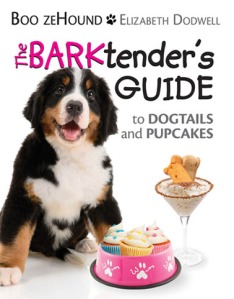Just a few uses for Teaching "Go to Bed"
- Your dog goes bonkers when the doorbell rings
- Your dog jumps all over guests
- Your dog begs while you are eating dinner
- Your front door is open and you don't want him dashing out
PHASE 1: Teaching "Go to Bed"
Step 1: Consider the bed like "home plate" where even a single paw touching it is safe. With your dog on leash, place the bed between you and your dog and lure them towards it. The very split second your dog's paw is touching the bed, click and treat. (what is a clicker?)
Step 2: When your dog is touching the bed, lure them further onto it so they are standing in it. Click and treat.
Step 3: Cue your dog to sit in the bed. Click and treat. After your dog is sitting in the bed reliably, phase out the verbal or hand cue for sit completely.
Step 4: When your dog is sitting in the bed, cue them to lay down. After your dog is laying down reliably, phase out the verbal or hand cue for Law Down completely.
Step 5: Increase the length of time your dog spends laying down in the bed to get a reward. Begin only spontaneously rewarding, for example, treat for 1 second, then 4 seconds, then 2 seconds, than 15 seconds, so your dog never knows when a reward will come.
Step 6: Increase your distance from your dog. Move around their bed, step back, step to the right, to the left, spin around, basically you want your dog to understand that even if you move (or leave completely) he should stay until he is released.
Step 7: Release your dog from the bed. If you haven't taught your dog a release command, simply go over to them and call them out from the bed.
PHASE 2: Send Your Dog to Bed
Now we want to get our dog to go to the bed without us having to stand there with them.
Step 1: Starting a little further from the bed, use your finger to guide your dog to the bed. When they are touching the bed, click and treat.
Step 2: Add in the verbal cue "Go to Bed" and guide them with your finger to the bed.
Step 3: Add in the sit and lay down.
Step 4: Increase distance between you and the bed. Give your dog the cue "Go to Bed" and point to the bed, but do not follow your dog all of the way to the bed. If your dog stops and doesn't understand, try again and follow them a little closer to the bed, but not as close as you were doing originally. When they go into the bed and lay down, praise enthusiastically and increase the distance a little more each time until you can stand in place and give the cue and your dog goes to their bed.
Here is a video tutorial starring Jessica, Nishma and Loki! Enjoy! :)

